
Nudge Theory 101: How to use it to drive frontline productivity, revenue and more
Welcome to the magical world of nudge theory, a concept in behavioral economics popularized by Richard H. Thaler and Cass R. Sunstein in their book Nudge: Improving Decisions About Health, Wealth, and Happiness.
But what is nudge theory, and why should frontline leaders care?
What is Nudge Theory?
Nudge theory starts with a simple premise: people don’t always make the decisions that are best for themselves in the long run, even when they know what the right choice is.
Take getting enough sleep. We all know that a solid night’s sleep has benefits for our physical and mental health. And yet, many of us delay bedtime to binge one more episode, or to cram in a little more time scrolling our phones.
According to nudge theory, there are several reasons behind this poor decision making:
- Having either too much or too little information to make a decision
- Relying on our “gut instinct” to save time in decision making
- Lack of willpower
- Acting without thinking
To combat this tendency, nudge theory recommends making slight changes to drive better decision making. For example, changing an environment, such as a school cafeteria, so that fruit takes pride of place, while junk food is tucked away. Another form of nudge is introducing defaults, such as automatically enrolling employees into a pension scheme (and allowing them to opt out) rather than using an opt in system.
According to Thaler and Sunstein, nudges can be a useful tool at the individual, institutional, and national level. The key idea is to create incentives to adopt desired behaviors, rather than use coercion.
How frontline organizations can use nudge theory
For frontline leaders, nudge theory can be your secret weapon for driving desired behavior, including operational consistency and productivity. It’s all about giving your staff a little nudge (see what we did there?). Here are 5 examples of how to put nudge theory into practice:
1. Establish norms and best practices
Most people adopt behaviors and practices that align with what their peers are doing. If you can make certain behaviors highly visible to more employees, you’re likely to nudge more people to adopt strategies that boost performance.
Using your employee communication platform, you could use polls to highlight the norms you want all employees to adopt. For example, a poll that asks “Is it important to greet every customer personally?” will show the value that retail assistants place on customer service within your organization (and remind employees to make sure they’re making connections with customers).
Alternatively, you might ask employees to contribute best practices on a theme. For example, “What’s your top tip for closing a sale?” This embeds a culture of knowledge sharing and allows best practices to spread across teams and locations.
Did you know that Nudge’s digital communication platform makes it easy to run skill-testing polls and lead best-practice forums at scale? Collect valuable insights and identify knowledge gaps, no matter how large your frontline workforce. Learn more here!
2. Use comparison to increase motivation
As social beings, humans love to know that we’re fitting in with peer groups. Companies can use this to nudge their employees to meet targets by recognizing teams or individuals who are excelling. For example, a retail store running a promotion can incentivize individual locations to boost sales by sharing a leaderboard of stores. Or a restaurant chain trying to reduce food waste may highlight a particular chef who excels in this area.
Peer-to-peer employee recognition can also be powerful. Enable your teams to celebrate each other’s success through team huddles or – better yet – your digital communication platform. Highlighting, celebrating and rewarding employees not only improves performance but also builds connections and community, which empowers and engages employees.
3. Make the right choice the easy choice
In order to save time and energy, we default to doing what’s easiest. In busy frontline jobs, employees will often focus on what’s immediate, what’s necessary, and what’s easy to do. However, there may be important tasks that get missed along the way.
Say you want front desk employees to follow a certain procedure when checking in guests, which includes a prompt around your loyalty program. To increase the likelihood that customers are reminded of the program, you could build a workflow into the check-in system that reminds the employee at the right time. Or if you want to ensure a crew of delivery drivers are taking adequate breaks, send them prompts to their phones regularly encouraging them to take a rest.
4. Inspire ethical behavior
There are many situations where unethical behavior by employees can harm your business – from shrinkage to time theft. Using strict supervision and harsh penalties may be one way to discourage unwanted behavior, but what if you could nudge your employees to do the right thing instead? Behavioral nudge researcher Sreedhari Desai has found that subtle actions can promote ethical behavior. For example, she found that requiring staff to provide itemized receipts in auto repair shops reduced over-billing of customers (a large source of complaints in the industry).
5. Make knowledge sticky
Training and development are critical to getting the most out of your employees. But ensuring what’s learned in training makes it to the frontline can be tricky. Sending bite-size updates can help employees retain key knowledge so that they can perform at their best.
For example, organizations can run pop quizzes on key information (such as new promotions, or product lines) or share checklists or other memory aids to embed critical knowledge (like health and safety checks). Also, be sure to provide updates whenever changes are made or new information is available
Extra tips for getting nudge theory right
Nudging your employees can be a powerful way to boost performance, motivation, and even employee engagement. If you’re ready to give nudge theory a go, here are some key considerations for getting started:
Be transparent: The aim of nudging is not to “trick” employees into doing things they don’t want to. Rather, you want to provide clear choices (and highlight the positive consequences of making the desired choice). Avoid coercive nudges–they’re likely to backfire.
Co-create with your staff: According to a study of nudges in the healthcare system, employees can react badly to feeling that a nudge is being “done to” them. Nudges don’t need to be hidden in order to be effective, the authors found. In fact, co-creating nudges with team members can be highly effective and reinforce a sense of employee autonomy.
Use the right tool for the job: Nudging every single member of your frontline staff might seem like an insurmountable challenge. But with the right tool (maybe one with the word “nudge” baked right in…?), you can create a communication strategy your staff wants to be a part of.


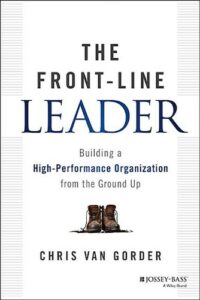 Author: Chris Van Gorder
Author: Chris Van Gorder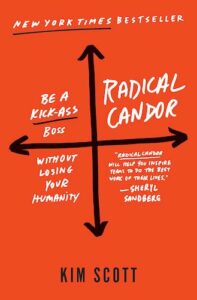 Author:
Author: 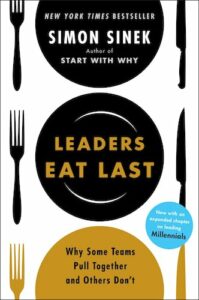 Author:
Author: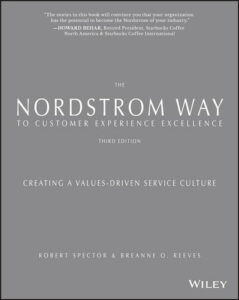
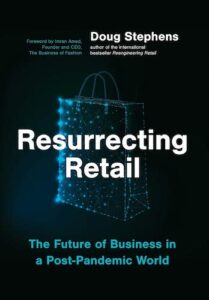 Author:
Author:  Author:
Author:  Author:
Author:  Authors:
Authors: 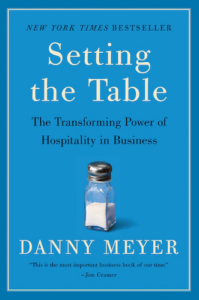 Authors:
Authors: 

